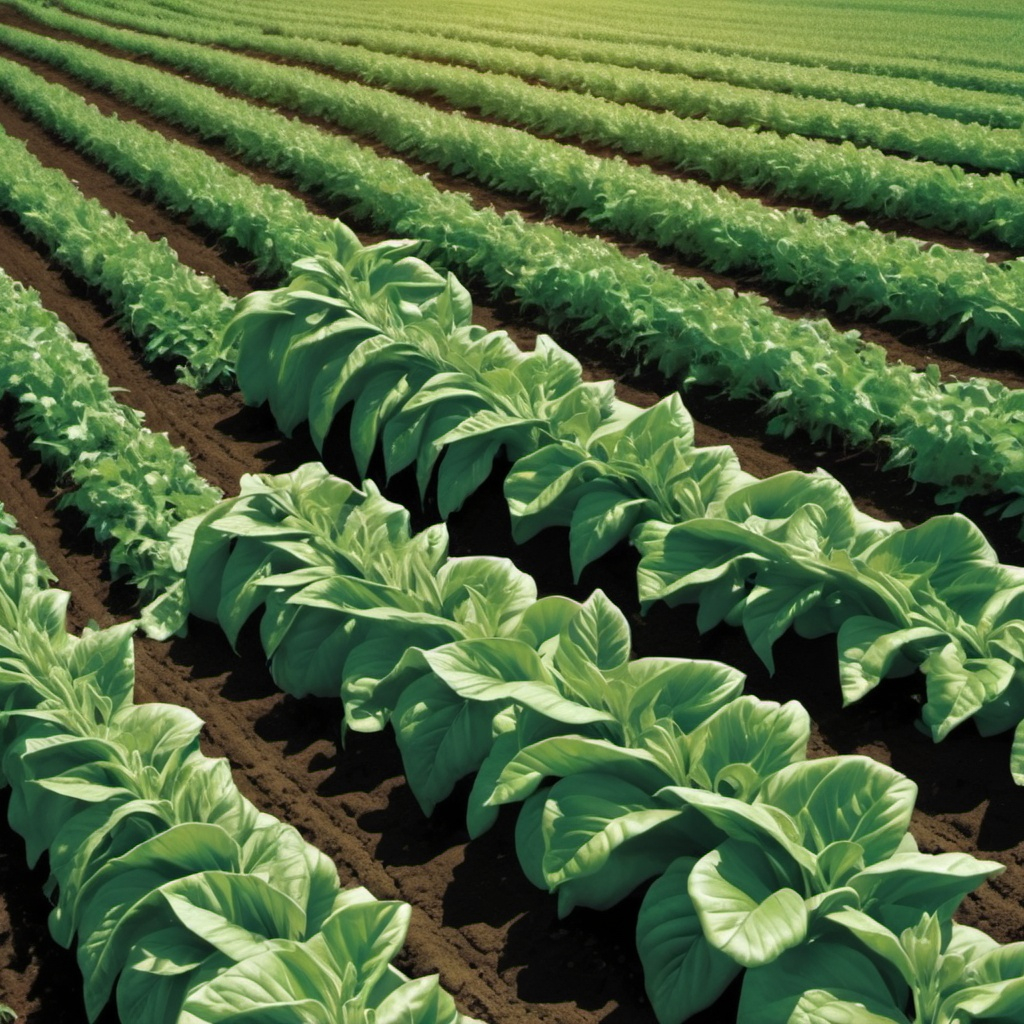
Agriculture is the backbone of human civilization, providing the essential sustenance for populations across the globe. The practice of growing crops, once based purely on tradition, has evolved into a sophisticated system that incorporates science, technology, and sustainability. Successful crop production involves understanding the unique needs of plants, the environment, and available resources.
Understanding Soil and Its Importance
One of the most critical components of crop growth is the soil. Healthy, fertile soil is the foundation of any successful agricultural venture. It provides essential nutrients, water, and support for plants. Soil types vary greatly depending on the region, and understanding the properties of the soil in a given area is crucial. The texture, structure, pH level, and organic matter content of the soil all affect how well crops will grow.
Farmers often enhance their soil through organic or synthetic fertilizers, adding nutrients like nitrogen, phosphorus, and potassium. Crop rotation, the practice of alternating different crops in a field, can also prevent soil depletion and improve soil health. Cover crops, which are planted in between the main crop cycles, can protect against erosion, suppress weeds, and return valuable nutrients to the soil.
Watering and Irrigation Techniques
Water management is another critical factor in growing crops. Depending on the region, rainfall may be sufficient, but in drier areas, irrigation systems are necessary. Irrigation methods vary from traditional flood irrigation to more modern and efficient systems like drip irrigation and sprinkler systems.
Drip irrigation, which involves delivering water directly to the base of each plant, reduces water waste and helps in arid regions where water conservation is essential. On the other hand, sprinkler systems can cover larger areas, ensuring even water distribution. Managing the amount and timing of water delivery is crucial, as both underwatering and overwatering can negatively impact crop growth.
Choosing the Right Crops
Selecting the appropriate crops for a particular region is vital for successful farming. Crops must be suited to the climate, soil, and available resources. Factors such as temperature, humidity, sunlight, and the length of the growing season influence which crops will thrive. For example, corn and soybeans are common in temperate regions with fertile soil, while crops like rice and sugarcane do well in tropical and subtropical climates.
Additionally, farmers need to be aware of local pest populations and diseases that can affect specific crops. Some crops are more resistant to pests or diseases, making them a better choice for certain environments. Genetic modifications and hybrid crops also offer farmers more options for enhancing yield and resistance.
Planting and Harvesting Techniques
Timing is critical when planting crops. The planting process begins by preparing the field, which may involve plowing, tilling, or applying fertilizers to enrich the soil. Seeds are sown either directly into the field or started in a nursery and then transplanted. The choice of planting method depends on the type of crop, the size of the farm, and the available resources.
Crop maintenance throughout the growing season is also important. This includes monitoring for pests, applying fertilizers or pesticides if necessary, and ensuring proper irrigation. Many farmers now use precision agriculture, where technology like GPS, sensors, and drones monitor crop health and optimize input use, reducing waste and increasing yields.
When it comes to harvesting, timing again plays a significant role. Harvesting too early can result in lower yields or poor-quality produce, while waiting too long can expose crops to weather damage or pests. Various machines like combine harvesters are used for large-scale farms, while smaller farms may rely on manual labor.
Pests and Disease Management
Pests and diseases can cause significant damage to crops, reducing yields and affecting quality. Integrated Pest Management (IPM) is an approach that combines biological, chemical, and cultural strategies to minimize crop damage while reducing reliance on chemical pesticides. Biological control methods, such as introducing natural predators, can help control pest populations.
Farmers also use crop rotation, resistant crop varieties, and proper sanitation to prevent the spread of disease. In some cases, chemical interventions, like fungicides or insecticides, are necessary, but these must be used judiciously to avoid harming the environment or creating resistant pest strains.
The Role of Technology in Modern Agriculture
In recent years, technology has dramatically transformed agriculture. Precision farming tools help farmers monitor crops with more accuracy, ensuring efficient use of resources. Drones, sensors, and satellite imaging allow farmers to assess crop health in real time, detecting issues like nutrient deficiencies or pest infestations early. Moreover, advancements in genetic engineering have led to the development of crops that are more resilient to environmental stresses like drought or extreme temperatures.
Hydroponics and vertical farming are also becoming increasingly popular, especially in urban areas where traditional farmland is scarce. These methods allow crops to be grown in controlled environments, using nutrient-rich water instead of soil, and maximizing space with vertically stacked layers of crops. These innovations offer solutions to food production in areas with limited land or water resources.
Sustainable Farming Practices
Sustainability is a growing concern in agriculture, as traditional farming practices can have long-term negative impacts on the environment. Overuse of chemical fertilizers, pesticides, and water can lead to soil degradation, water pollution, and reduced biodiversity. Sustainable farming practices aim to reduce these effects while maintaining productivity.
Organic farming, agroforestry, and regenerative agriculture are examples of sustainable practices. Organic farming avoids synthetic chemicals, using natural methods to manage pests and enrich soil. Agroforestry integrates trees into agricultural landscapes, enhancing biodiversity and improving soil quality. Regenerative agriculture focuses on rebuilding soil health through practices like no-till farming, which minimizes soil disturbance, and the use of cover crops.